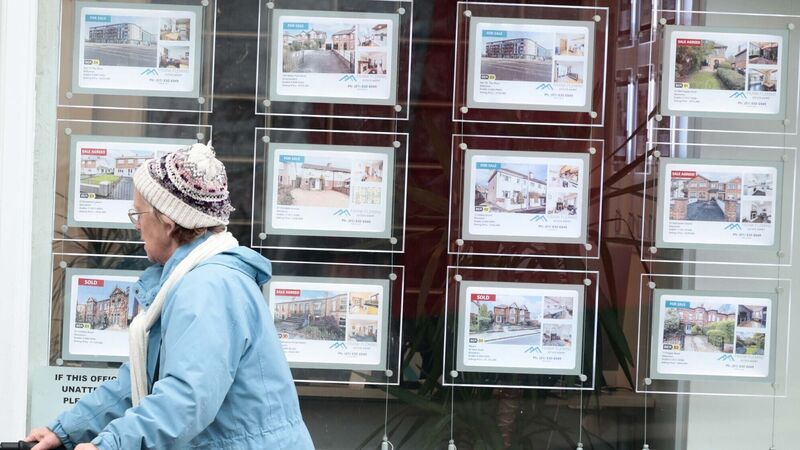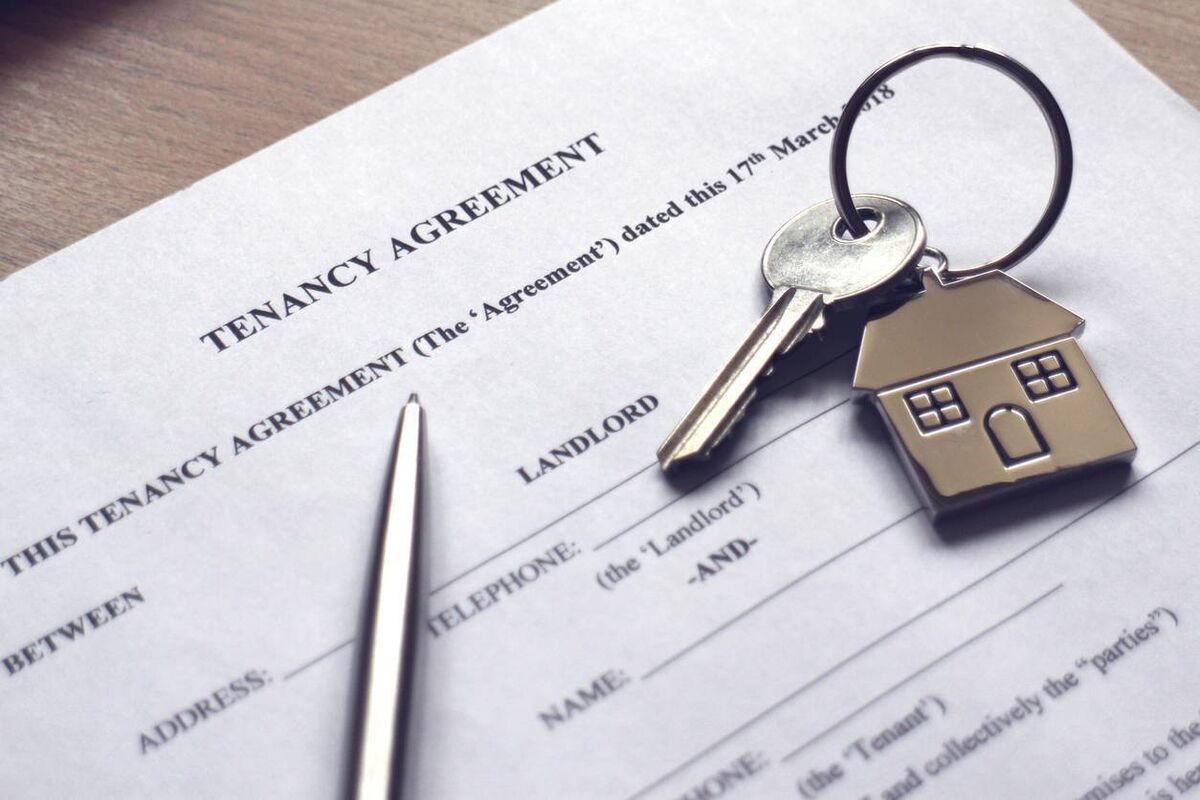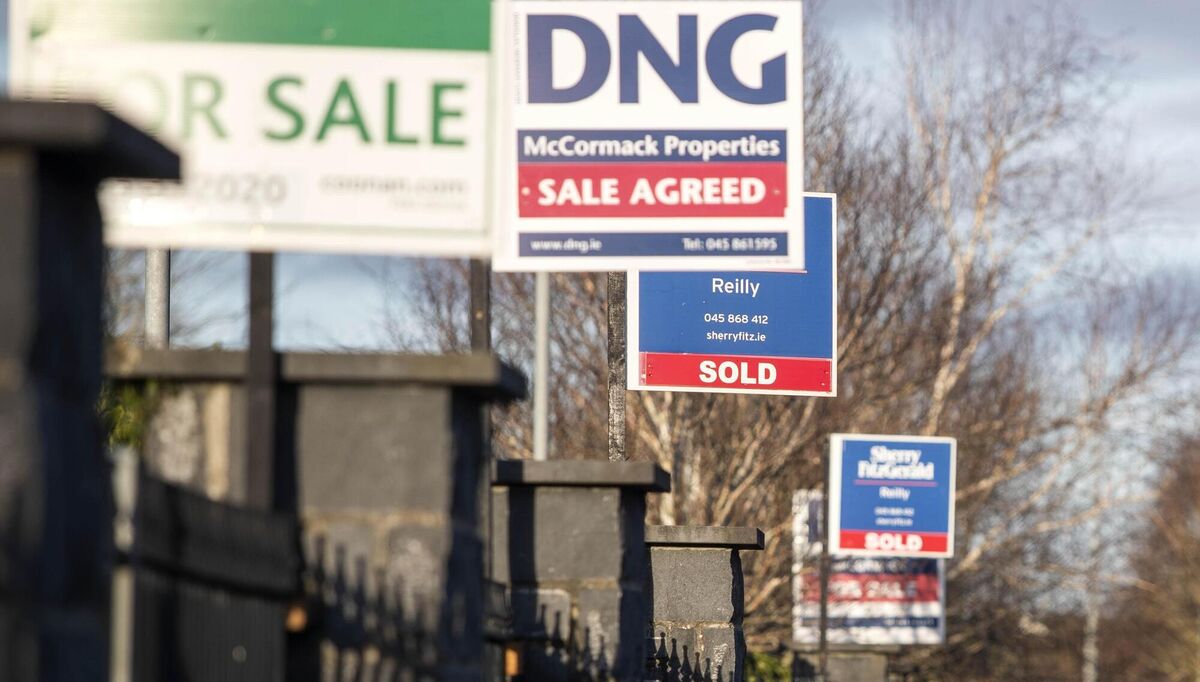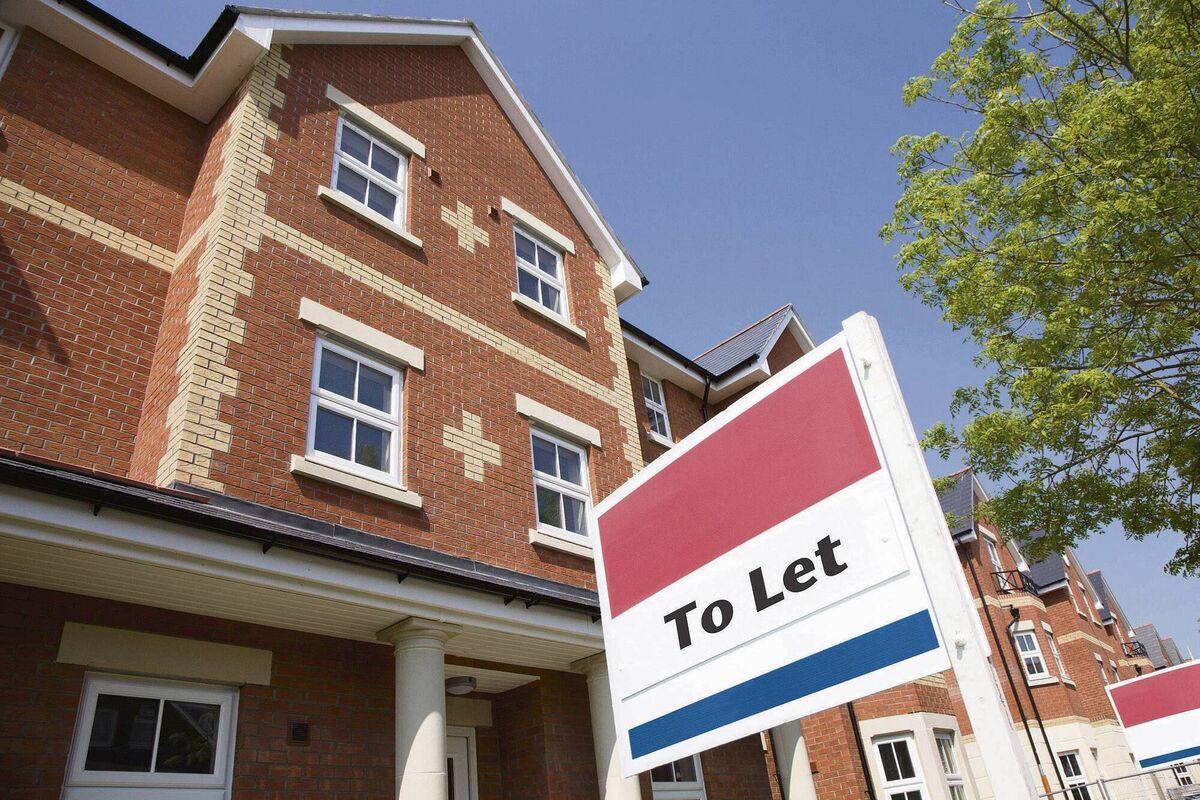What does 'affordable housing' actually mean?

The real problem is that, when it comes down to it, we don’t really know what affordable housing means one way or the other. File photo: Leah Farrell / © RollingNews.ie
Recently Leo Varadkar and other Government members poured scorn on Mary Lou McDonald’s suggestion that average house prices would need to come down to €300,000. While this figure does seem a little far-fetched, what struck me as odd is that the stated aim of the Government is to make homeownership more affordable, which can only mean a significant decline in house prices.
The issue of affordability, and what exactly it means, has also been at the centre of recent debates about the Government’s new cost-rental sector. This novel housing tenure, a central plank of the Government’s housing strategy, was brought in under the Affordable Housing Act 2021.
It provides secure rental housing to middle-income households (those earning roughly between €30,000 and €59,000) and below-market rents. Rents in the sector are based purely on the cost of building, operating and maintaining the dwellings.
The sector is in its infancy, but already it has come under fire, not least by Sinn Féin housing spokesperson Eoin O’Broin, who claimed the sector was "in crisis" in response to the Land Development Agency’s announcement that some of its new three-bed, cost-rental units would charge €1,750 a month.
Surely this can’t be what affordable housing means?

But the real problem is that, when it comes down to it, we don’t really know what affordable housing means one way or the other. In political debates, it is rarely defined, and academics haven’t managed to come up with a widely supported definition or way of measuring it.
What makes this worrying is that virtually the entirety of the Government’s housing strategy is aimed at achieving affordable housing, and several billion euro per annum are being spent in the process. And yet, given we don’t know what affordable housing means, it’s not entirely clear what the end goal of this endeavour is, or indeed what success looks like.
In terms of Government policy, we sometimes (if we look hard enough) will find reference to affordability meaning paying less than 35% of net income on housing costs (i.e. mortgage repayments or rents). This figure originates in a cursory mention in the Planning and Development Act, 2000. It is used, for example, as part of determining who can afford, and therefore who is eligible for, cost-rental housing.
The 35% figure appears to come from academic definitions, although 30% is more commonly used by researchers. There is, however, no real basis for any of these figures, as argued by one of the leading international experts on measuring housing affordability, Michael Stone of the University of Massachusetts. Apart from its arbitrary nature, there are two main problems with the 30% figure.

First of all, the proportion of the income a given household can spend on their housing will vary widely depending on the nature of that household. People on high incomes, for example, can easily afford to spend far more than 30% of their income on housing and still have plenty left over for life’s other expenses. Conversely, for people on very low incomes, having 70% of their income left over may be nowhere near what they need to get by.
Similarly, one-person households will find it much less of a struggle if they spend more than 30% of their income on rent or mortgage payments, while larger families have larger expenditures, and therefore will need to have more money left over once housing costs are taken care of.
Second of all, simple measures like the 30% rule tell us very little about the type of housing that a household is accessing. People may prefer to spend a greater proportion of their income on housing costs in exchange for a superior housing experience.
Consider the following example. Under the 30% rule, a family who keeps their rent payment below that figure by overcrowding in poor quality, insecure accommodation is considered to be accessing affordable housing. Conversely, a family that pay 35% of their income but access high-quality, secure housing are considered to be suffering from unaffordable housing.
When we get into the details of specific policies, the story gets even more complicated.
Consider cost-rental housing. Critics have pointed out that the rents involved when a given development first comes on stream, which are usually between €1,200 and €1,500, mean that they are by definition not affordable. This is an important point but tells only a very small part of the story. Cost-rental housing has huge potential to contribute to affordable housing because cost rents will grow slowly over time, whereas market rents in the private rental sector will not.
At the moment, average annual rent inflation for new private rental tenancies is 11%, whereas most cost-rental providers are implementing rent increases of just 2%. Over the course of 10 years, based on this trajectory, cost-rental will be much, much more affordable than private rental.
There is another way cost-rental housing contributes to affordability. By bringing new supply on stream, cost rental will help dampen rental, and even house price growth across the housing system, as demonstrated by research from Austria, where one in five households live in cost-rental housing.

In short, just focusing on what cost-rental tenants pay at the outset of their tenancy tells us very little about whether or not it is helping to make housing more affordable.
Come the next General Election, issues of housing affordability, and flagship Government policies like cost rental, will be in the spotlight. Simple understandings of affordability make for good sound bites, whether they are being advanced by Government or opposition parties. But they make for a very poor way of evaluating whether or not housing policy is doing what it should be doing.
More importantly, if we don’t get a clearer understanding of what, exactly, we mean when we talk about housing affordability, then Government policy will lack a clear objective. It’s a complicated issue, but one we can’t afford (excuse the pun) to fudge any longer.
Read More
- Dr Michael Byrne is a lecturer at UCD's School of Social Policy, Social Work and Social Justice, and Director of the Equality Studies M.S.c.













